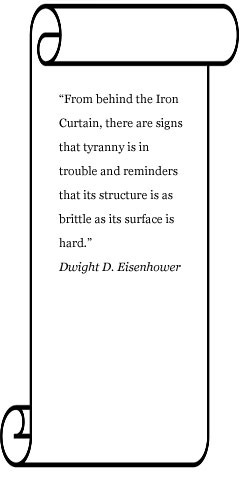| The Men Behind the Counters:
Panzer Grenadiers
By Dave Murray
January 2013
In the first of an occasional series looking at “the men behind the counters,” we examine the makeup of the platoon from which the game series took its name, Panzer Grenadiers.
Panzer Grenadiers evolved as the motorised infantry of the German army. Their role was to provide mobile infantry support for the fast moving tanks of the German Blitzkrieg. The evolution of the soldiers that became known as the Panzer Grenadiers is complex, as they underwent numerous reorganisations, from their initial birth in motorised Schützen Regiments in 1935 to the establishment of Panzer Grenadier formations in 1942.
The image of swarms of Panzer Grenadiers mounted in half-tracks racing alongside the armoured thrusts of the Panzer Divisions is only partially true. The vast majority of Panzer Grenadiers were transported by trucks and their role was to screen and cover the terrain the Panzers did not have time to suppress or deemed too dangerous to enter, such as towns, villages and heavily wooded areas. As the war dragged on the heady days of blitzkrieg became a distant memory and the Panzer Grenadier formations became more of a mobile reserve in many theatres.
In game terms Panzer Grenadiers are represented by either the early war 5-3 INF counter or the late war 6-3 GREN counter. They differ from regular infantry by usually being accompanied by transports and having a slightly higher than average morale ratings. The large number of machine guns in the Panzer Grenadier platoon can be modeled by the inclusion of additional HMG units in the scenario OOB.
A typical late war Panzer Grenadier Platoon counter would consist of the following:
1 Platoon Commander armed with a MP40 (by this time only the 1st Platoon of the company might be led by an officer).
1 Platoon leader armed with a rifle, usually a NCO.
1-2 Messengers armed with rifles.
1-2 Stretcher Bearers, armed with pistols.
The platoon would have 3 squads each with:
1 Squad leader, usually a NCO armed with a MP40.
1 Assistant Leader armed with a rifle.
5 soldiers armed with rifles.
4 soldiers manning two MG34/42s with pistol sidearm.
This gave a total of around 38 men, however most platoons were somewhat depleted by this stage of the war.

The equipment available to this platoon would vary greatly according to availability. Most of the soldiers would be armed with Gewehr 98 K rifles; these had a five-bullet magazine. Introduced in 1938, this simple weapon required the soldier to manually eject each spent cartridge after firing, limiting the maximum rate of fire to around 10 shots per minute. 
The platoon leader would most likely be armed with a Gewehr 41 rifle. Some of the rifleman in the platoon may also have been armed with this weapon; it was far more common for troops on the Eastern Front to have access to this gun. The Gewehr 41 was a semi-automatic weapon that had increased rate of fire, with an improved 10-round magazine, but in service the gun was heavy, difficult to maintain and did not prove popular with the front line soldiers.
The design was eventually improved, the result; the Gewehr 43, was a vastly improved weapon that was reliable and popular with the troops.

By this time in the war the remarkable StG 44 had been developed and was making its presence felt on the battlefield. Priority for deployment of this new weapon was to elite units and those fighting on the Eastern Front. This gun was the first modern assault gun, capable of firing single shots or up to 500 rpm. The StG 44 used a lower velocity round than the earlier family of rifles and this fitted the developing German practice that effective combat occurred at closer ranges than earlier doctrine had suggested.

MP38/40 was an iconic German weapon and was a favourite weapon of the Panzer Grenadiers, and probably used more by them than official allocations reveal. This sub-machine gun was designed for mass production and with a 32 round magazine it had a rate of fire up to 500 rpm.

The pistols available to the stretcher bearers and assistant gunners would most probably be the well-known Luger 08s; these should have been phased out by now by the Walther P38 but many lower ranks still had the earlier pistols.
The platoon’s light machine guns would have been the outstanding MG34 or MG42, widely regarded as one of the best machine guns ever designed. First of the truly multi-purpose machine guns it could be set up on either a bipod or heavier tripod, using a drum magazine or belt fed. The only drawback to the MG34 is that it almost too good and supply could never keep up with demand. The response to this problem was the introduction of the MG42, designed for mass production it was the equal of the more complex MG34 and still remains in service with some armies today.

The platoon would also carry a large quantity of hand grenades and probably an 8.8cm Panzershrek.

That ends our first “Men Behind the Counters” feature. Next we will look at the development of the German regular infantry platoon from crossing the Polish border in 1939 to defending the Reichstag in 1945.
Put these troops into action. Order Eastern Front right here.
|


